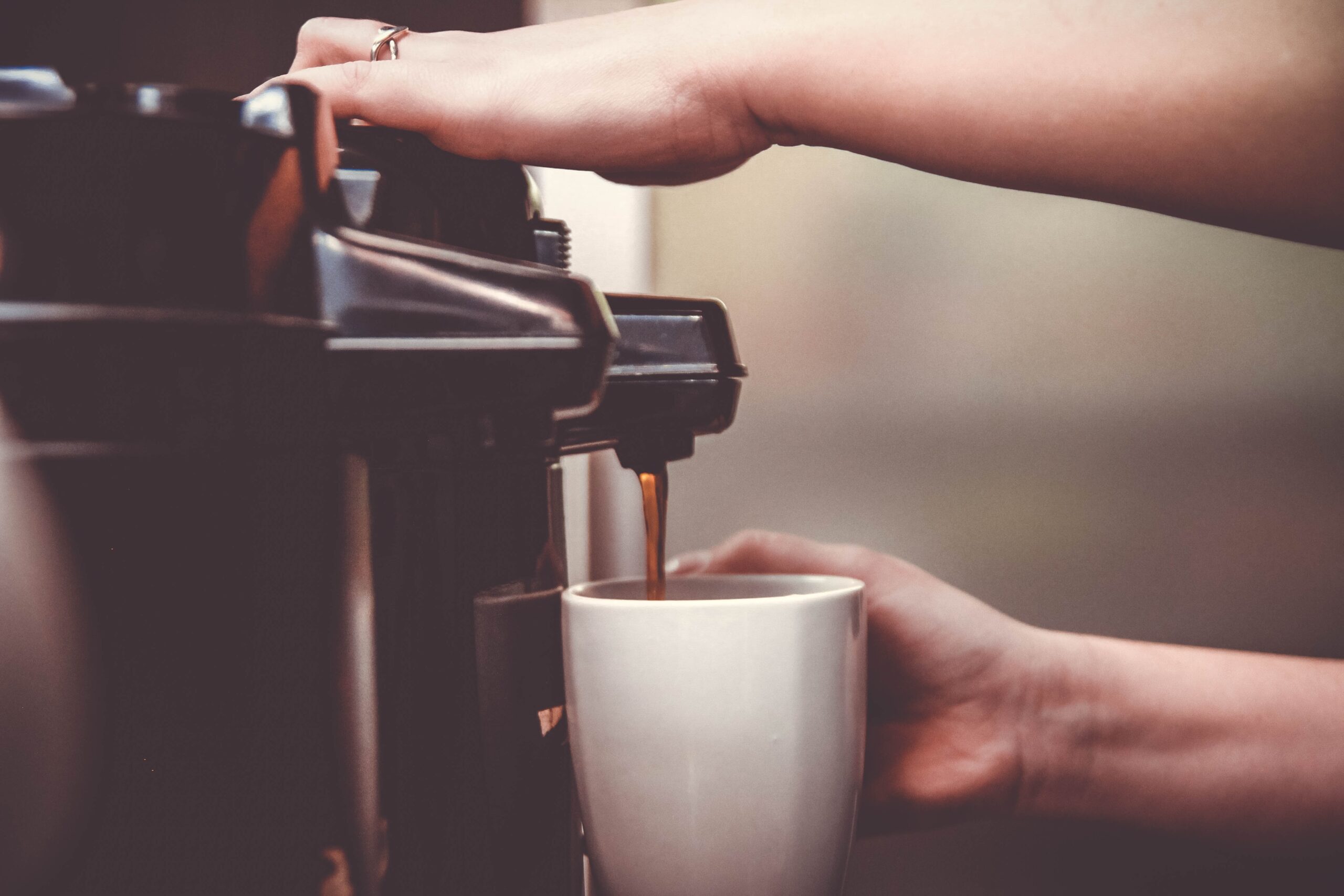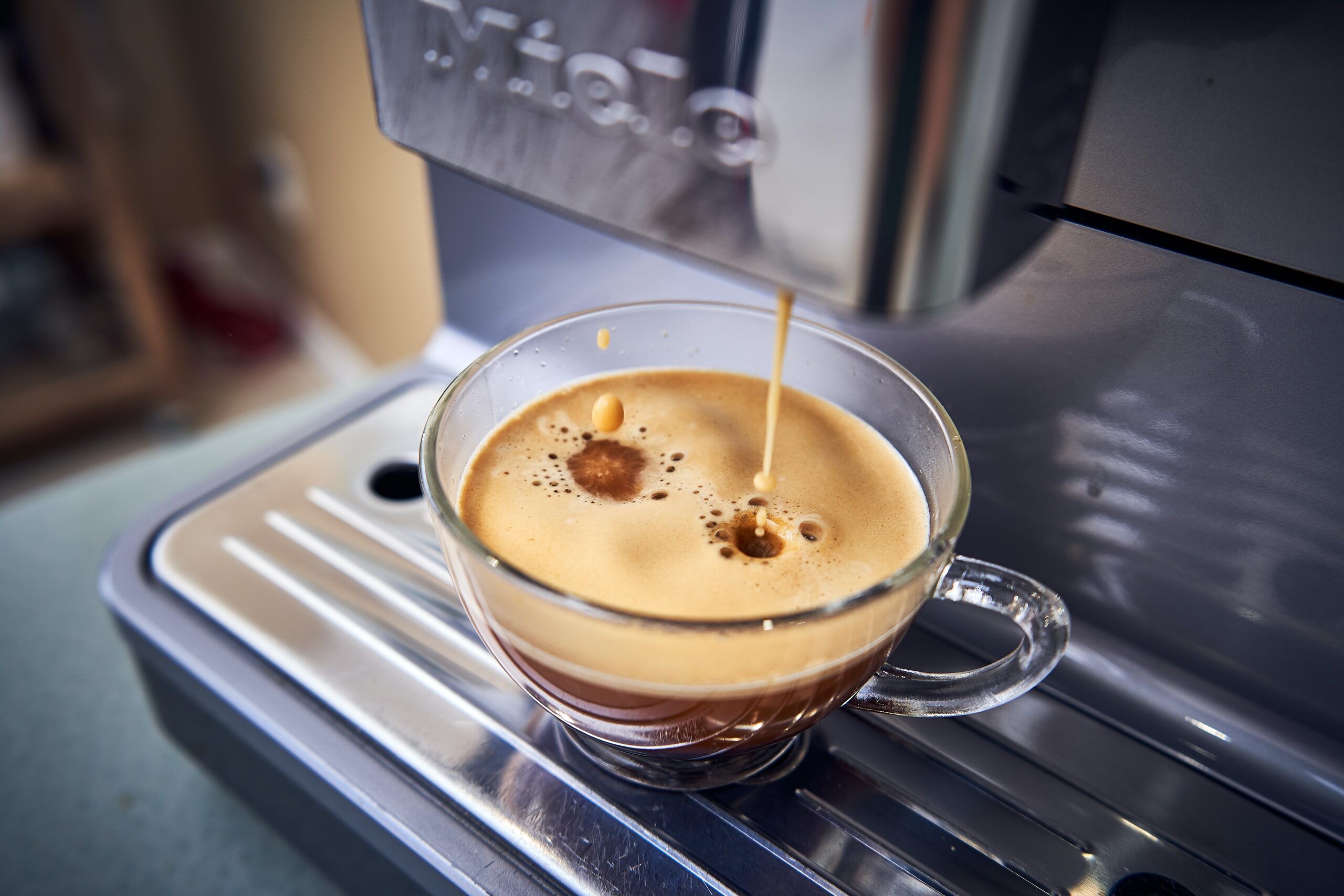An ideal coffee machine is an essential appliance for any household. The correct coffee maker may provide complete support for all of your senses, making the morning routine easier and more pleasurable to experience. The easiest method to ensure that every cup of coffee you make is just right is to use a coffee maker that allows you to brew multiple cups at once. It is not necessary to spend a significant amount of time looking for the ideal cup of coffee.
Do you need a coffee maker? Shop espresso machines in Seattle.
Every single day, all you have to do to appreciate your delectable brew is place the carafe in your preferred mug, pour water into it and then enjoy your beverage. The beans you use and even how sophisticated your coffee maker is are not the only factors that determine the quality of your cup of coffee. You need a machine that does not have any mineral deposits, an aftertaste, or stale grinds trapped in the components to achieve a completely smooth brew. Investing in a coffee maker that is simple to clean is your best chance if you want to brew a cup of coffee that lives up to its name.
What to Look for in an Easy-to-Clean Coffee Maker
Self-Cleaning Capability
Some coffee makers come with a setting or a button that starts the machine on an automatic cleaning cycle. This cycle helps drain out oil and residue that may have accumulated over time. This is a useful function that, thankfully, is not excessively complicated. Essentially, you would top up the drinking water reservoir with a cleaning solution like vinegar or water, either of which works well, and it will begin flowing through the internal parts as soon as you hit the start button.
Dishwasher-Safe and Removable Components
Coffee makers that have pieces that can be removed, such as a water tank, filter basket, and/or a lid for the carafe, are preferable since they allow you to clean each component of the machine independently when necessary. Cleaning these components in the sink rather than hunching over the coffee machine with a dishcloth or a brush is simpler and results in a more thorough clean. In addition, many of the machines on our list allow you to clean certain components in the dishwasher, making maintenance and cleanup even simpler.
What Are Some Examples of Easy-To-Clean Coffee Makers?
Drip Coffee Maker
Drip coffee makers are a simple, well-known method for preparing coffee, as well as coffee makers that are simple to clean. They can make a single cup of coffee or as many as 14 at a time. For added convenience and flexibility, some coffee makers that make drip coffee also have an extra brewing system, such as a hot water dispenser or a single-serve brewer that is suitable for use with K-cups.
When employing a Drip Coffee Maker, one begins by filling the reservoir with ice-cold water before placing freshly ground coffee inside of a filter. The water is heated before going through what appears to be a showerhead and then passing through the beans. The freshly brewed coffee is poured into a glass carafe, which is then placed on top of a hot plate, which maintains the coffee’s temperature.
Thermal carafes are preferred by some individuals so that coffee can be kept at the ideal serving temperature without the risk of scorching on a hot plate. The coffee is made inside of an insulated carafe that is often vacuum sealed after the brewing process. This method eliminates the need for the coffee to rest on a heating element. A quality thermal carafe is built to maintain the temperature of the coffee inside for several hours.
Drip with Grinder Coffee Maker
Some drip coffee machines are equipped with a grinder, allowing the coffee beans to be ground just before the brewing process. This method of brewing coffee is favored by a lot of people because it produces coffee that tastes the freshest.
This coffee machine with a built-in grinder is perfect for you if you enjoy the flavorful aroma and fresh texture of freshly ground beans. Because the grinder chamber, filter basket, and mesh filter are all removable, it is simple to rinse them out and let them air dry. Alternatively, when they require a more thorough cleaning, the grinder chamber, filter basket, and mesh filter can all be placed in the dishwasher together with the glass carafe.
Some of these coffee makers feature a charcoal water filter that can be replaced as well as a heating plate that is scratch-resistant and has a nonstick coating that is easy to clean. Most of these coffee makers also have a 24-hour program setting, which includes the option to set it to grind and then immediately brew as you are waking up in the morning. Additionally, it can brew up to 12 cups of coffee.
Thermal Coffee Maker
A thermal coffee maker is a double-walled container that is often built out of stainless steel which can be easily accessed for easy cleaning. There is typically a vacuum in between the walls of the container, which helps to reduce the amount of heat that is transferred via convection.
The contents of the thermal carafe pour servers can maintain their temperature for a significant amount of time with only a little amount of heat loss. Commonly, thermal carafes will feature a vacuum between the walls to help eliminate heat transfer between the inside of the carafe and the outside of the carafe. The double-wall design is what enables thermal carafes to keep your coffee warm for many hours without the need for an additional heat source.
If you want to keep your coffee warmer for longer, you may preheat your thermal carafe by pouring some hot water in your carafe beforehand and then emptying it again to trap some heat inside. A thermal carafe should keep your coffee hot for up to 12 hours, but if you want to keep it hotter for longer, you can preheat your thermal carafe.
The carafe of a thermal coffee maker is made of stainless steel and there is no hotplate, but the carafe and hotplate of a conventional coffee maker are made of glass, making this coffee maker an easy-to-clean appliance.
Single-Serve Coffee Maker
These machines, which produce coffee in a manner analogous to that of drip coffee but on a more compact size, make use of pre-ground and measured pods to produce coffee that is uniform from one cup to the next. A predetermined amount of steaming water is poured over the grounds and into your mug after passing through them.
Because the filter is contained within the pod, you won’t need to worry about emptying the grinds; rather, you’ll simply throw away the pods themselves. This sort of coffee maker comes in a wide number of forms, ranging from just one coffee cup size to a wide range that can handle a large to-go cup. Because it contains water reservoirs, you don’t have to fill your coffeemaker with water every time you use it, and it also comes in a wide variety of water reservoir capacities.
French Press Coffee Maker
This manual coffee maker is straightforward to operate. Put some ground coffee beans in your French press, then pour boiling water over them, wait a few minutes for the coffee to steep, and then press the plunger down and pour the coffee.
French presses are versatile and may be used for any bean, but most people favor using them for darker and fuller roasted coffee. For a cup of coffee with a robust flavor and aroma, use a French Press to brew the coffee grinds in water that has just been brought to a boil.
The flavor of the coffee will become more potent if you steep it for a longer period; however, the minimum amount of time that is recommended is four minutes. Because its components can be removed and washed separately, a coffee maker of this kind is simple to disinfect after use.
How to Clean a Coffee Maker
Clean the Water Reservoir or the Brew Basket
If you use a coffee maker that produces coffee in a drip style, you might want to rinse the brew basket in the sink after you’ve finished using it. It’s not a bad idea to go the extra mile every once in a while and give it a thorough washing in some warm soapy water. This will eliminate any greasy residues, which, if left behind, might result in an unpleasant aftertaste.
The brew basket is absent from pod coffee makers, however, these machines typically come with a detachable water reservoir. You will need to remove the reservoir to clean it thoroughly with both soap and water. Check the user manual for your specific model to determine whether or not the reservoir may be cleaned in the dishwasher.
Remove the Hot Plate or Drip Tray
If your drip coffee maker does not have a thermal carafe, then it will have a hot plate that maintains a warm temperature for the coffee. Once the hot plate has cooled down, clean up any coffee that may have spilled on it. Scrub the plate with a damp sponge and a little baking soda to get rid of coffee stains that have been burned.
Pod coffee makers do not have a hot plate like traditional coffee makers; instead, they have a drip tray that your mug sits above. The drip tray has the potential to accumulate a significant amount of extra coffee and become a breeding ground for germs. Make sure that you clean the tray with some soap and warm water, and that you empty it consistently.
Mineral Deposits Must Be Removed
Minerals found in the water supply of your home have the potential to clog the tank and tubes of your coffee maker. Excessive steaming and lengthened brew cycle times are two warning signals that something is wrong with the machine; if the problem grows much worse, the machine might cease working entirely or its brewing performance might suffer.
Descaling refers to the process of removing this mineral deposit from surfaces. If your device has a cleaning indication, it will light up when it is time to start this process when it is necessary to clean it. To maintain the majority of machines, all that is required of you is to give them an occasional cleaning using a solution consisting of water and white vinegar. Check the instructions that came with your machine to determine the correct ratio, though, because vinegar can corrode certain metals and plastics.
Having completed the descaling procedure does not, however, immediately allow you to begin the process of making coffee. Before you make a pot of coffee, you should always run the brew cycle with water a few times to remove the vinegar taste from the machine.
Some machines will instruct you to use their specialized descaling solutions rather than water when it has to be descaled. Check the owner’s manual of your brewer to see if it contains any particular cleaning instructions. Some models have cleaning cycles that are specifically designed for that purpose.
Clear out the Carafe
You should always clean the carafe after each brew with some dish soap and warm water, regardless of whether the carafe is made of glass or an insulated thermal material as some machines employ both. If coffee stains are impossible to eliminate, fill the carafe with a solution consisting of one-part baking soda and two parts hot water, and allow it to sit undisturbed for the entire night. After that, give it a thorough washing with clean water.
Additional Advice for Cleaning A Coffee Maker
Consider obtaining a tool, such as a coffee brush, to remove debris from the crevices and nooks of your brewer. You can also perform a comprehensive clean on your brewer once a month using a descaling solution rather than a vinegar mixture. Both of these tips can help your brewer function more effectively.
Finally, many machines have a charcoal water filter that needs to be replaced periodically by the guidelines provided by the manufacturer. By regularly cleaning your machine, you may enhance the quality of your coffee, prevent the growth of mold and germs, and avoid your coffee maker’s mechanism being clogged, which would result in the unit becoming inoperable.
Conclusion
Your coffee machine may be one of the most unclean appliances in your home. It can have even more germs than the handle of the bathroom door or the seat of the toilet. Infections are caused by germs. Mold and yeast can flourish in an environment that is warm and damp, which coffee reservoirs provide. As a result, coffee reservoirs are a home for these organisms.
Mold and yeast can be a source of health problems, such as allergic responses, for you and anybody else living in the same house as you. You are in luck since you have the choice to select a type of coffee maker that is simple to clean, and some are significantly more modern and come with a cleaning function.




